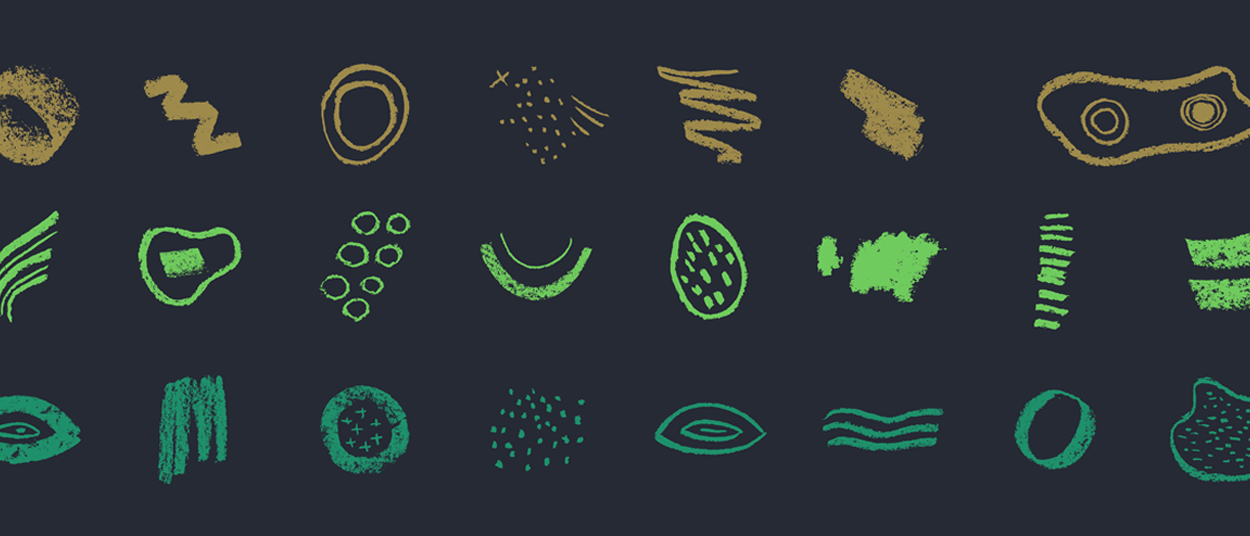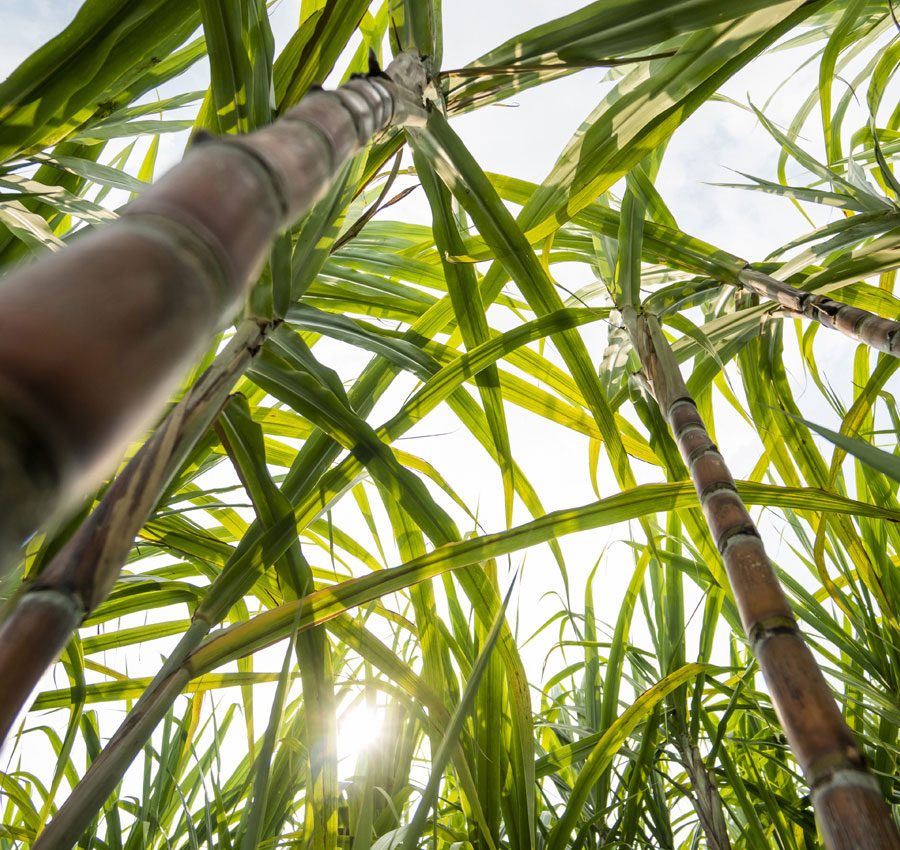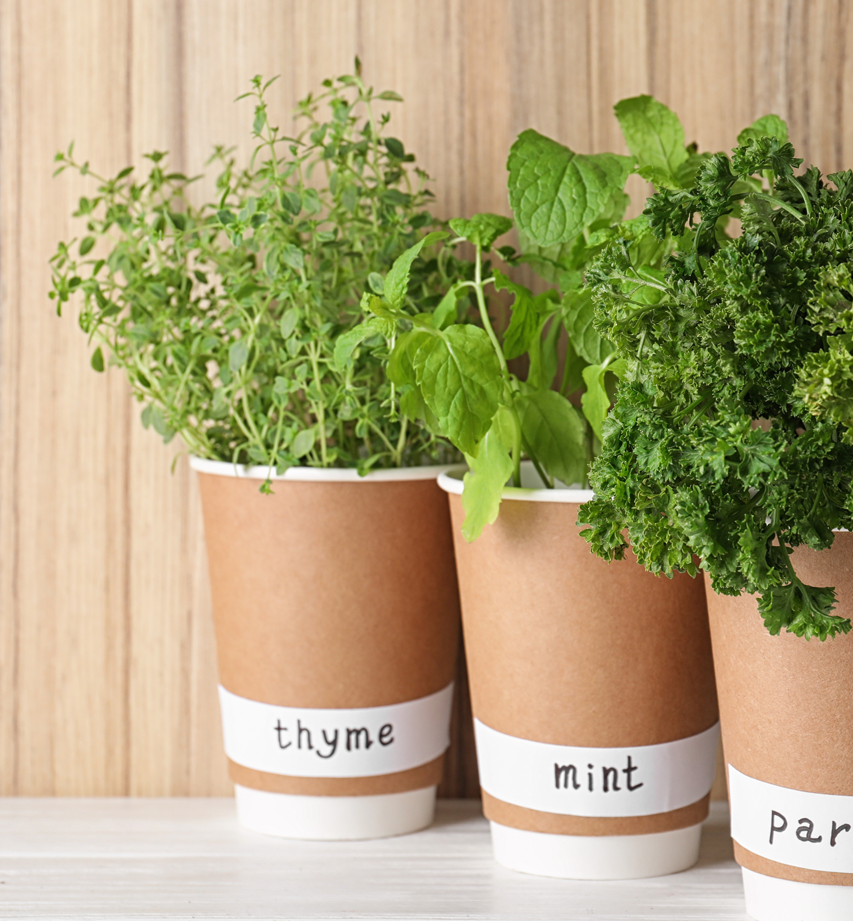 ← retour
← retour
The environmental challenges posed by plastic products have taken us through numerous phases.
At first, the biggest concern was that a plastic bottle, or any other plastic product, would simply clog our landfills and waterways because once it got made and was used once, that was the end of its usefulness.
Later, communities around the world began committing to recycling plastic bottles and other forms of plastic, so that their life cycle could continue past their first use. The problem, in that case, is that plastics (and other recyclable materials) can only be recycled a certain number of times, before ending up as nonrenewable waste.
Bowing to pressure by environmentalists, some of the world’s largest makers of plastic bottles began reengineering the design of their products, reducing the amount of plastic found in their bottles. But this too merely lessened the problem a bit, without actually solving the fundamental issue: that once a plastic product is made, it’s destined to reach the end of its life cycle, and end up adding to the world’s unimaginably gigantic supply of plastic waste. This brings us to the rise of compostable bioplastics.

A Better Way
To address this issue, forward-thinking companies have begun turning to a new innovation: compostable bioplastics.
As you might expect from its name, compostable bioplastics maintain many of the same characteristics and fill many of the same needs as traditional petroleum-based plastics, but with the massive advantage of being compostable once they’re reached the end of their lives.
Polylactic acids (PLA) are one of the most common building blocks for compostable bioplastics. They’re made from natural materials such as cornstarch or sugarcane, meaning they can be composted the same way foodstuffs made from those bases can be.
For a compostable bioplastic product to gain the official designation of industrially or commercially compostable, it must pass certain tests and earn certain certifications. Perhaps the best known of these certifying organizations is the Biodegradable Products Institute, which recognizes compostable products by labeling them as BPI-certified. In Europe, the best-known compostable certification is OK compost INDUSTRIAL (EN 13432). Whether it’s these or labels such as ASTM D6400 or TUV Industrial, the key is to look for a marker that identifies industrial and commercial plastic-based products as being truly compostable.
2. What About at Home?
While companies do their part to put out more compostable products, individual consumers can (and should!) do their share too. That’s where home compost products come in.
Home compost products are designed to be broken down and composted where we live. One of the biggest breakthroughs in the home compost space is a compostable bioplastic known as PHA (polyhydroxyalkanoates). Made from a base of canola oil, PHA products offer the same features and conveniences and features as petroleum-based plastics, but with the ability to be composted once their usefulness has ended.
Because home compost products are newer than their industrial and commercial counterparts, there aren’t as many universally recognized certifications for this category of compostable. For instance, BPI has not yet introduced a home compost certification to match the BPI-certified label that industrial compostable products are eligible to receive.
The good news is that this is changing. In Australia, there’s the AS 5810 standard, also called “biodegradable plastics suitable for home composting.” In Europe, there’s the OK compost HOME certification. As time goes on and home compost products become more widely used, it’s likely that BPI and other agencies will jump on board and offer their own certifications.


More and more companies are joining the fight. In 2019, paper packaging material developer BillerudKorsnäs and bottle manufacturing specialist Alpla formed a new venture called the Paper Bottle Company (Paboco). Thanks to exhaustive research and development efforts, Paboco has combined paper packaging innovation with its bottle manufacturing process to produce scalable paper bottle solutions for businesses.
We at Life In Green salute those efforts and work hard every day to make our own mark, turning biodegradable natural materials such as sugarcane into plates, bowls, and other compostable dining items.
Over the years, we’ve gone from a global status quo in which plastics were destined to pollute our planet to one in which organically-derived plastic products could perform the same functions and then get composted, creating a zero-waste scenario that contributes to a global circular economy. It’s just the latest piece of evidence that when it comes to going green, innovation matters just as much as motivation.